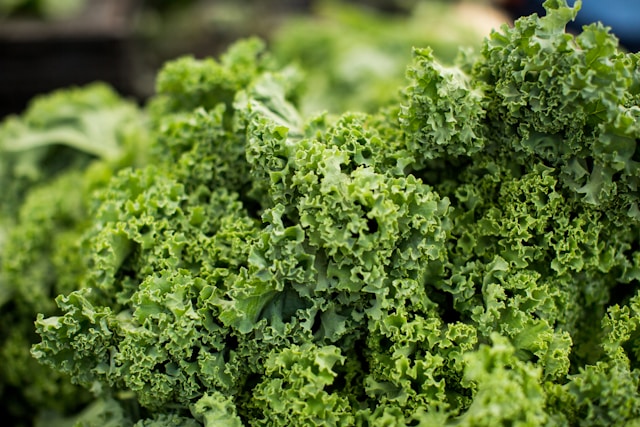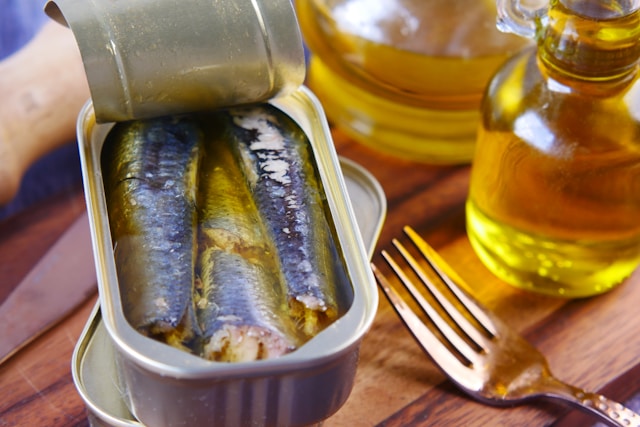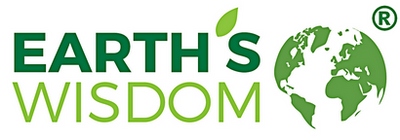Is Fluoride Toothpaste Really Safe?
October 04, 2018
You might have heard so many opinions about fluoride in toothpastes that you might wonder whether fluoride is indeed safe or not. So, it’s better to know more about this mineral and become sure about its safety profile. Earth’s Wisdom, therefore, wants to discuss this today.
What is Fluoride?
You might also wonder what fluoride is anyway. Well, it’s a mineral occurring naturally in air, soil and water. Water essentially contains fluoride; but the levels may vary in waters from different places. It is also added to several public water supplies in varying amounts, but not in all areas.
Why Fluoride is Added to Water Supplies and Toothpastes?
It’s because fluoride can help to:
- Strengthen declining tooth enamel
- Reduce the loss of minerals from tooth enamel
- Prevent cavities
- Restrict oral bacterial growth
- Stop early tooth decay
Fluoride in toothpaste is in higher amounts than that in fluoridated water and it’s not added to be swallowed.
The safety of fluoride, including fluoride in toothpaste, is debatable. However the American Dental Association recommends fluoride toothpaste to children as well as adults. Using it correctly is important though.
Here are safest ways to use fluoride toothpastes and what you can use instead of fluoride.
Safety for Babies and Toddlers
In order to make your baby’s oral cavity healthy, it’s important to start cleaning it even before the baby’s teeth appear. Wiping baby’s mouth with a soft cloth is a good idea for removing bacteria.
As per the recommendation of the American Academy of Pediatrics in 2014, as soon as a baby’s teeth start appearing you should switch to a fluoride toothpaste and toothbrush. However, you should use only a small smear of toothpaste because babies need only that much, i.e. not more than the size of a rice grain. Before this the Academy recommended fluoride-free toothpaste until the age of 2.
To avoid the possibility of swallowing, try to angle your baby’s head a bit downward so that extra toothpaste can dribble out of the baby’s mouth.
It’s okay if the baby or toddler swallows a small quantity of toothpaste. Provided that you are using the suggested quantity of toothpaste, swallowing a small amount of it shouldn’t cause any issue.
If a larger quantity is used and your baby or toddler swallows it, they may suffer an upset stomach. This may not be harmful all the time; but you may call poison control just to be on a safer side.
Safety for Younger Children
An ability to spit is developed at the age of around 3. So, you can increase the amount of fluoride toothpaste you’ll put on their toothbrush.
As recommended by the American Academy of Pediatrics, you can use a pea-size quantity of toothpaste for children from the age 3 to 6. Though it should be avoided as far as you can, swallowing this pea-sized quantity of fluoride toothpaste is safe for your child.
This age is the time for making brushing a team effort. Never allow your child to apply toothpaste on their own or brush without supervision. As per the American Dental Association, since children’s swallowing reflex isn’t completely developed till the age of 6, they are more likely to swallow toothpaste.
If your kid occasionally swallows toothpaste more than the size of a pea, she might get an upset stomach. In that case, the National Capital Poison Center suggests to give her milk or other dairy since calcium binds to fluoride in the stomach.
If larger amounts of toothpaste are regularly swallowed by your child, the extra fluoride can harm tooth enamel and lead to dental fluorosis, causing white stains on the teeth. The risk of damage depends on the quantity of fluoride they eat up and how long they keep doing so.
This can be avoided by supervising children while brushing and keeping toothpaste away from children’s reach.
Safety for Older Children and Adults
Fluoride toothpastes are safe for older kids and adults that have completely developed reflexes for spitting and swallowing. It should be remembered that fluoride toothpastes are not made to swallow.
Occasional, accidental swallowing of small amounts should not cause a problem, but regular long-term exposure may cause health problems including elevated risk of bone fractures.
Alternatives to Fluoride Toothpastes
You can get fluoride-free toothpaste if you are too concerned. It will clean teeth but won’t offer protection against decay as finely as a fluoride toothpaste will. So, it’s recommended to get regular dental cleanings.
All in all, fluoride toothpastes are safe for children as well as adults provided you use them correctly. Still, if you are too worried, you can opt for fluoride-free alternatives; just make sure you pay regular visits to your dentist to ensure your teeth’s safety.
Conclusion
In conclusion, the question of whether fluoride toothpaste is really safe is a complex one that requires careful consideration of the potential risks and benefits. On one hand, fluoride has been shown to be effective in preventing tooth decay and improving oral health. It works by strengthening the enamel on teeth and preventing the growth of harmful bacteria.
However, there are also potential risks associated with the use of fluoride toothpaste, particularly in children who may accidentally swallow it. Ingesting too much fluoride can lead to dental fluorosis, a condition in which the enamel on teeth becomes discolored and pitted. In rare cases, excessive fluoride intake can also lead to more serious health problems.
It's important to note, however, that the vast majority of dental professionals agree that the benefits of using fluoride toothpaste far outweigh the risks. As long as you use fluoride toothpaste as directed and take precautions to prevent accidental ingestion, it is considered a safe and effective way to maintain good oral health.
Ultimately, the decision of whether to use fluoride toothpaste is a personal one that should be based on your individual needs and preferences. If you have concerns about the safety of fluoride toothpaste, you may wish to speak with your dentist or healthcare provider to get more information and guidance.
Leave a comment
Comments will be approved before showing up.
Also in Wisdom News

The Importance of Vitamin K2: Unlocking its Role in Health and Wellness
September 22, 2024

The Importance of Omega-3 Fatty Acids: A Comprehensive Review of Their Effects on the Body
August 02, 2024

The Benefits of Mindfulness Meditation for Mental Health
July 12, 2024
Disclaimer: These statements have not been evaluated by the FDA. These products are not intended to diagnose, treat, cure or prevent any disease.
© 2025 Earth's Wisdom®. All Rights Reserved.




